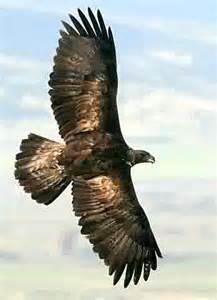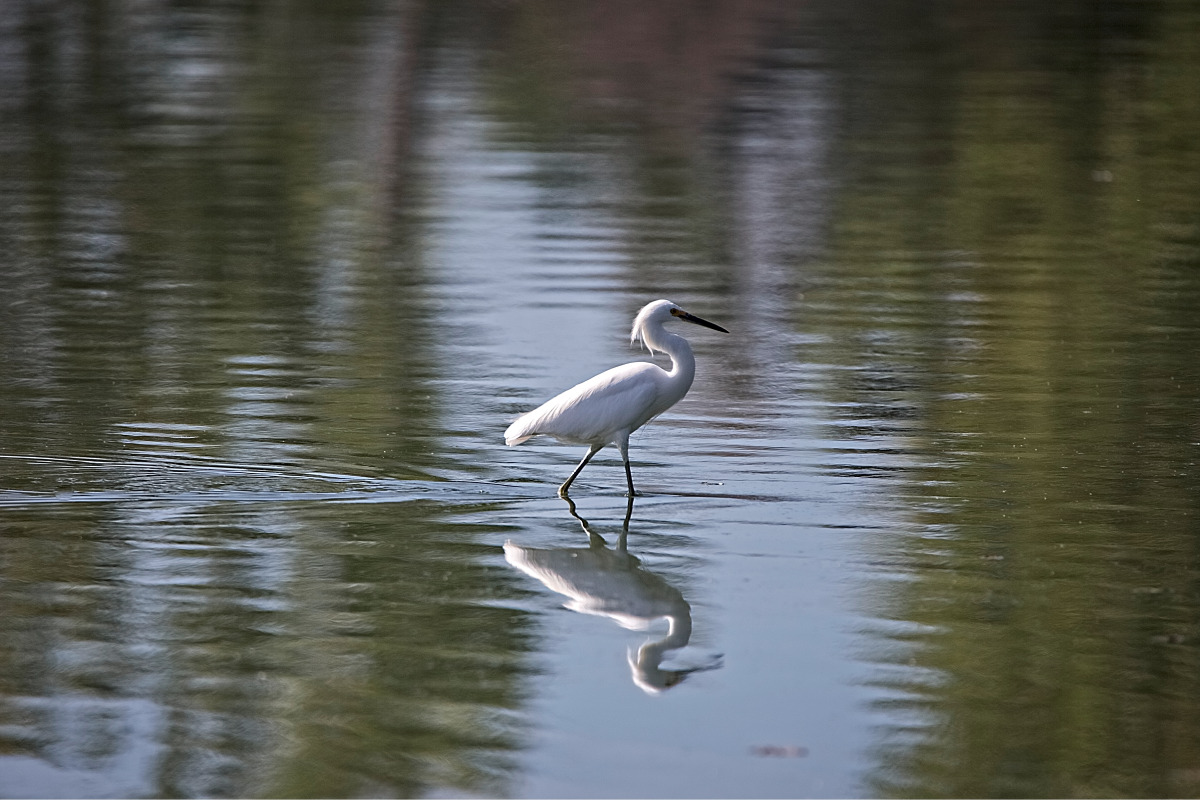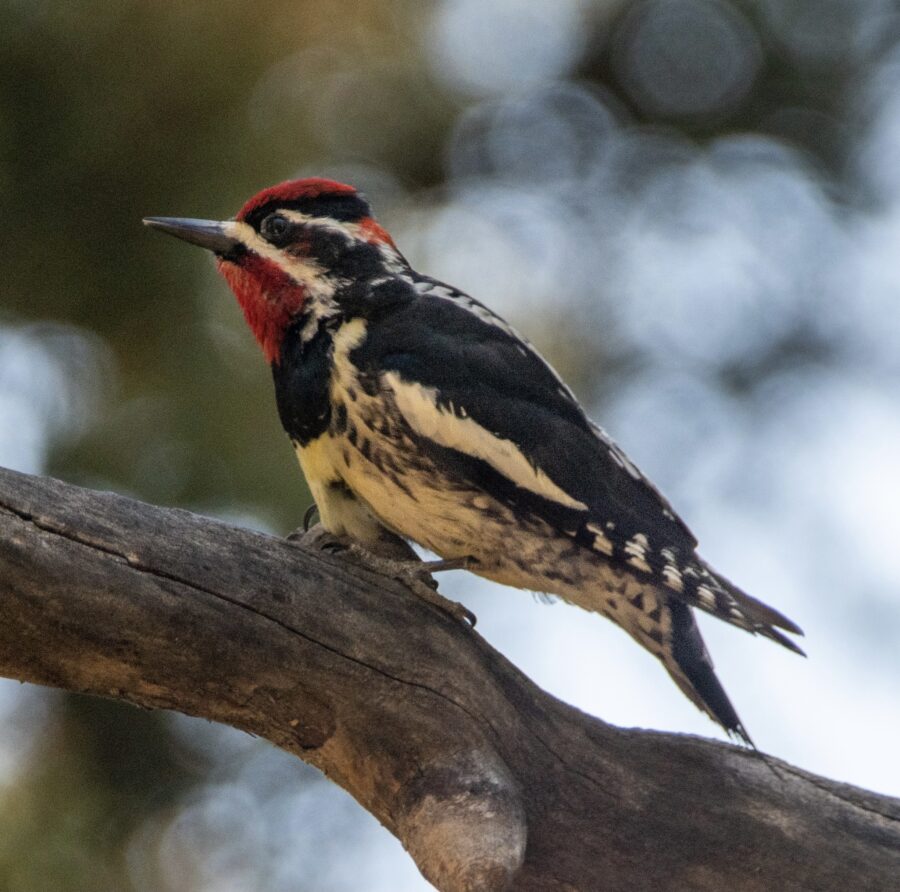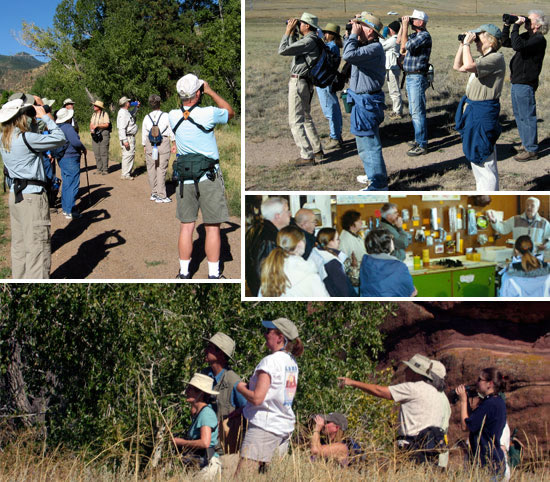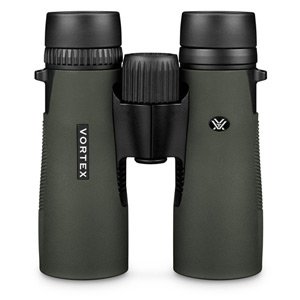Dear Front Range Birders!
It was an interesting morning this past Saturday. It had rained much of the night in the foothills, and when I arrived at Meyer Ranch for our bird walk I was wearing my full rain outfit. Then, things cleared up sufficiently, though still with a bit of that “accumulating ominous” look on the horizon, that I ditched the rain gear. Six folks then arrived, having driven up from the Front Range Birding Company, and we had a fantastic bird walk, tallying 29 species of birds (see list below).
The lower portion of Meyer Ranch is noteworthy because of the expansive area of wetlands and sub-irrigated pasture that create a wonderful habitat for Wilson’s Snipe, Red-winged Blackbirds, Vesper Sparrow, Savannah Sparrow, and Song Sparrow; and then there’s generally extensive ariel feeding going on by a variety of swallow species. All in all a good show for the initial part of our walk. The following sparrow songs are from Xeno-Canto.org.
Vesper Sparrow
Savannah Sparrow
Song Sparrow
Then, as we got across the open space and up into the “timber,” we had good luck with a number of other species. In particular, it’s one of the better areas I know for having a good Hammond’s Flycatcher seminar. Visually, this member of the Emidonax genus (who all look almost identical), has a small, dark bill; a “squared-off” head-shape, and long primary wing feathers (making the tail seem a bit short).
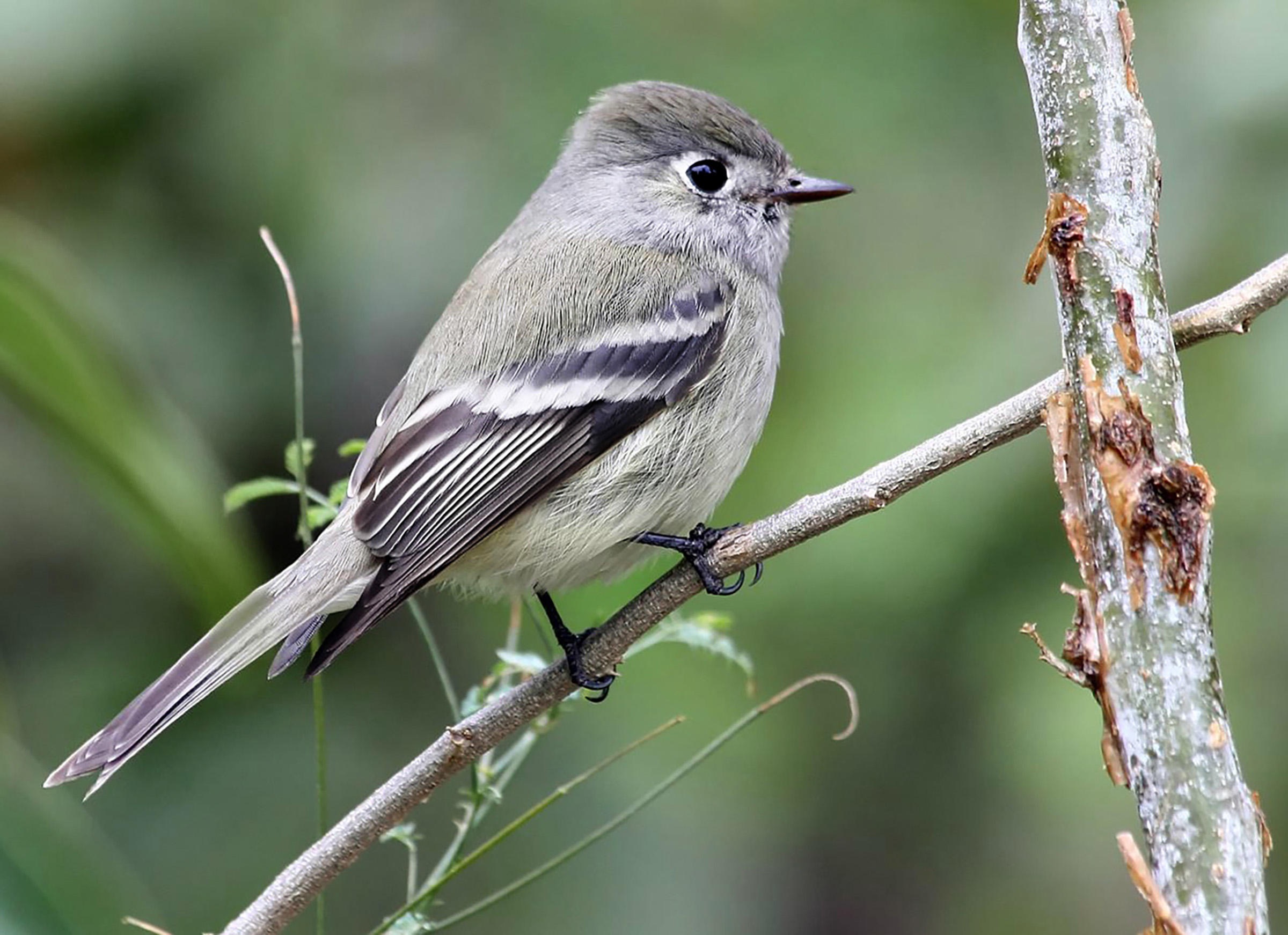
Once you’ve been suitably overwhelmed by the difficulty of making a definite visual identification, it helps significantly if the bird vocalizes. This is its song (from Xeno-Canto.org).
You end up trying to use all the clues you can get to identify these guys, and one additional piece is the habitat where they’re found, which tends to be lush, closed-canopy, coniferous forest – primarily high-elevation Spruce-Fir forest, but in the case of Meyer’s Ranch they are found in Ponderosa forest and dense Douglas-Fir forest with a mix of spruce and aspen.
Fortunately (I’m being fecetious), in the mountains of Colorado there are, for the most part, only two other members of the Empidonax genus that you have to also consider as possibilities. Here are the Cordilleran Flycatcher and Dusky Flycatcher.
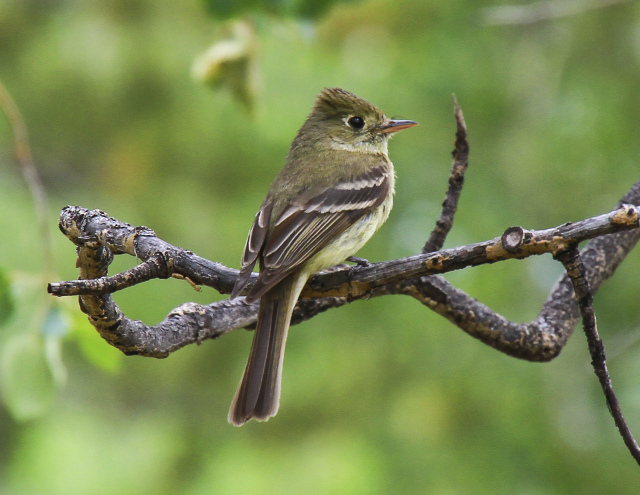

So, there’s always more for us to be learning in this bird identification game. Isn’t it great!!!
Good birding!
Chuck
Meyer Ranch Open Space
Jul 2, 2016
Front Range Birding Company
29 species
Wilson’s Snipe (Gallinago delicata) 2
Broad-tailed Hummingbird (Selasphorus platycercus) 7
Red-naped Sapsucker (Sphyrapicus nuchalis) 1
Northern Flicker (Red-shafted) (Colaptes auratus [cafer Group]) 2
Hammond’s Flycatcher (Empidonax hammondii) 4
Cordilleran Flycatcher (Empidonax occidentalis) 3
Warbling Vireo (Vireo gilvus) 1
Steller’s Jay (Interior) (Cyanocitta stelleri [diademata Group]) 2
Common Raven (Corvus corax) 2
Tree Swallow (Tachycineta bicolor) 1
Barn Swallow (Hirundo rustica) 1
Cliff Swallow (Petrochelidon pyrrhonota) 40
Mountain Chickadee (Poecile gambeli) 5
White-breasted Nuthatch (Sitta carolinensis) 1
Pygmy Nuthatch (Sitta pygmaea) 3
House Wren (Troglodytes aedon) 5
Ruby-crowned Kinglet (Regulus calendula) 2
Mountain Bluebird (Sialia currucoides) 5
Hermit Thrush (Catharus guttatus) 3
American Robin (Turdus migratorius) 5
Yellow-rumped Warbler (Audubon’s) (Setophaga coronata auduboni) 1
Chipping Sparrow (Spizella passerina) 3
Dark-eyed Junco (Gray-headed) (Junco hyemalis caniceps) 3
Vesper Sparrow (Pooecetes gramineus) 1
Savannah Sparrow (Passerculus sandwichensis) 5
Song Sparrow (Melospiza melodia) 2
Western Tanager (Piranga ludoviciana) 1
Red-winged Blackbird (Agelaius phoeniceus) 12
Brown-headed Cowbird (Molothrus ater) 2





 Birds have sharper vision than humans and are able to see certain light frequencies that humans cannot see, such as ultraviolet. In fact, many songbirds have feathers that reflect UV light to help communicate species, gender, and perhaps even social standing. Birds can see UV under normal daylight conditions, while humans require a black light. Since birds can see UV light, the use of WindowAlert UV Decals and Liquid will substantially lower the amount of birds hitting your window. The WindowAlert UV Decals appear as frosted or etched glass to the human eye but birds see it as a brilliant glow like a stoplight. are small clings that are placed on the outside of your clean window. Birds see the decal and know that is not a clear direction of flight.
Birds have sharper vision than humans and are able to see certain light frequencies that humans cannot see, such as ultraviolet. In fact, many songbirds have feathers that reflect UV light to help communicate species, gender, and perhaps even social standing. Birds can see UV under normal daylight conditions, while humans require a black light. Since birds can see UV light, the use of WindowAlert UV Decals and Liquid will substantially lower the amount of birds hitting your window. The WindowAlert UV Decals appear as frosted or etched glass to the human eye but birds see it as a brilliant glow like a stoplight. are small clings that are placed on the outside of your clean window. Birds see the decal and know that is not a clear direction of flight.